In South Africa, celebration has a signature sparkle — and it’s called Méthode Cap Classique (MCC). Whether it’s a wedding, a birthday, a long-awaited reunion, or simply a sunset worth remembering, MCC is how we mark the moment. Especially as we head into the festive season, this homegrown bubbly brings something joyful to the table — or to the bushveld.
Revealing the Hidden Language of the Bush
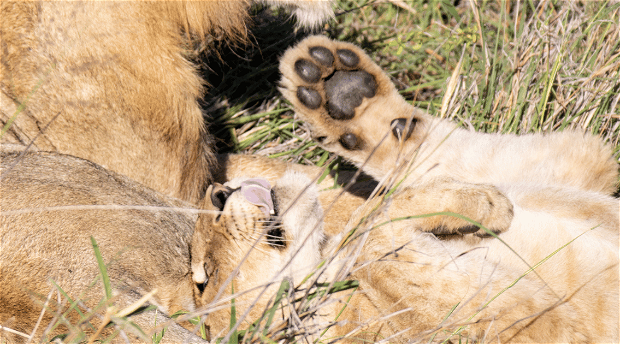
When you set off on a safari with Shumbalala Game Lodge in the heart of Thornybush Private Nature Reserve, you enter a realm where every sight and sound tells a story. You might wonder how our skilled guides and trackers seem to magically reveal incredible wildlife - it isn't down to sheer luck! It's a nuanced art form - a dialogue with nature that we are excited to share with you.
As they guide you through the reserve, our experts read the landscape like an open book, identifying marks, sounds, and even scents that signal the presence of nearby animals. This is the hidden language of the wild - a subtle and complex system of signs and symbols usually unnoticed by travellers. What sets a safari at Shumbalala Game Lodge apart is your opportunity to not only experience incredible wildlife sightings, but also learn the language that tells us where and how to find them.
To give you a head start for your next safari, we've compiled a guide on some of the most common animal tracks you're likely to encounter. Read on as we delve into the intriguing world of animal tracking.
Lion Tracks
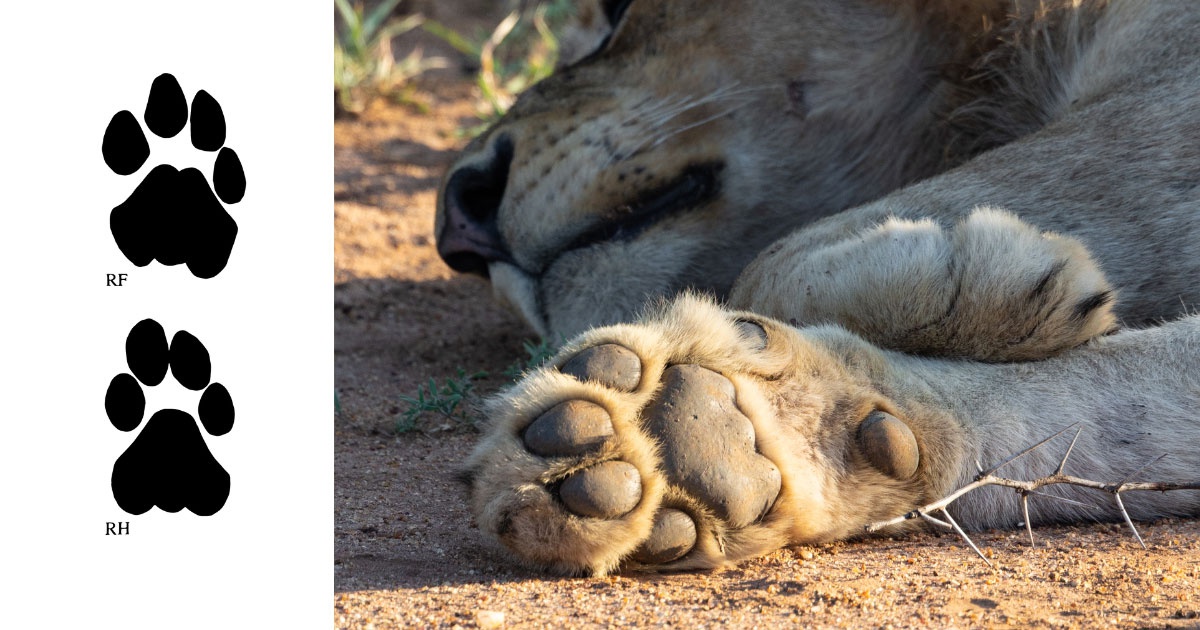
- Description: Lionpaw prints are symmetrical with four toe prints and a larger three-lobed pad at the bottom.
- Fun Fact: Male lion tracks are usually larger than female tracks.
- Tracking Tip: Look for nearby drag marks, which could indicate a recent kill.
Elephant Tracks

- Description: Large, oval-shaped indentations.
- Fun Fact: Elephants have unique "fingerprints"—no two footprints are identical.
- Tracking Tip: Fresh elephant dung can indicate recent passage.
Leopard Tracks
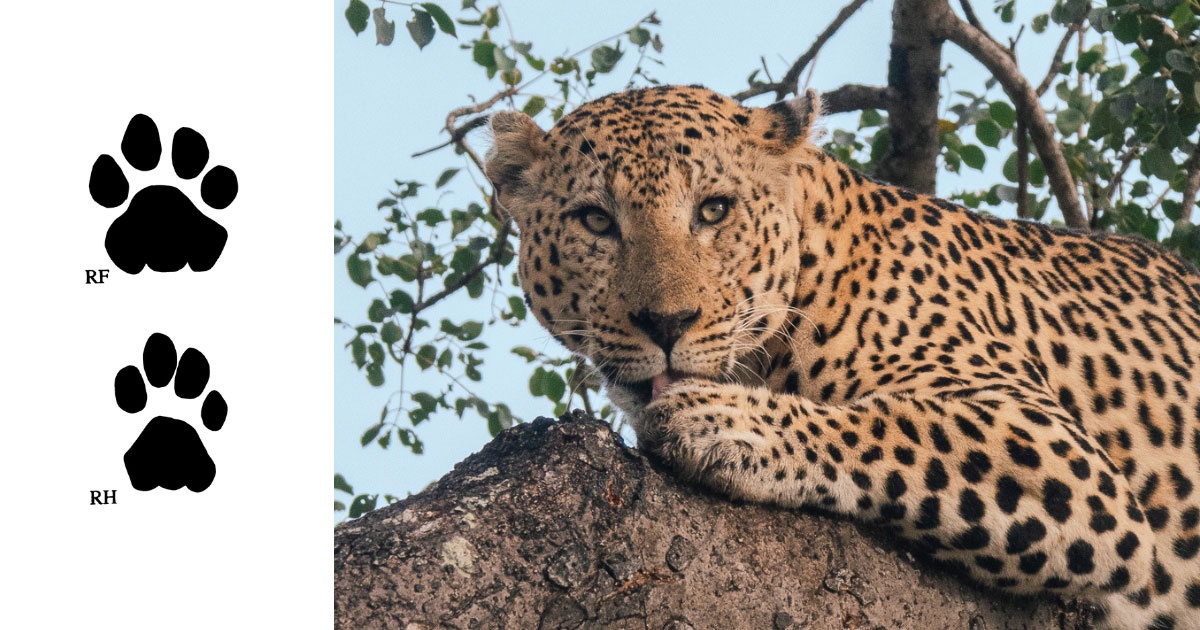
- Description: Similar to lion tracks but smaller, often with more space between the toe pads and the main pad.
- Fun Fact: Leopards often walk in a more "direct register" to conserve energy.
- Tracking Tip: Check trees; leopards often hoist their kills into branches.
Buffalo Tracks
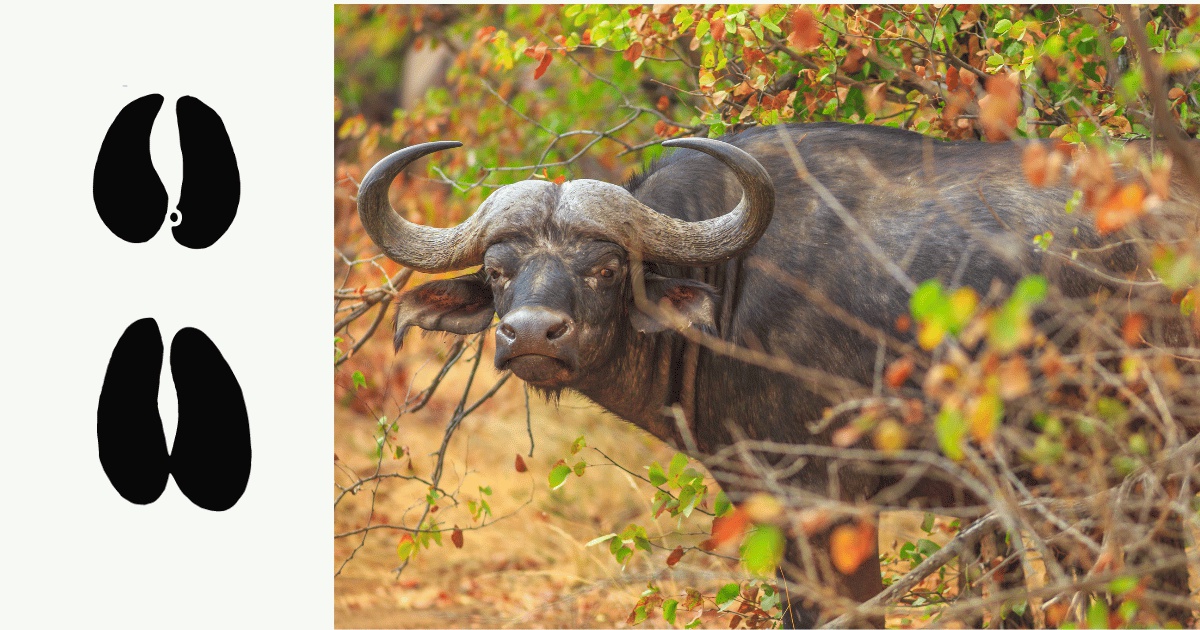
- Description: Resemble cow tracks but are more spread out.
- Fun Fact: Buffaloes usually move in herds, so you'll often see their tracks in large groups.
- Tracking Tip: Keep an eye out for wallows - muddy depressions near water sources where buffaloes often roll to cool down and protect their skin from insects.
Rhino Tracks
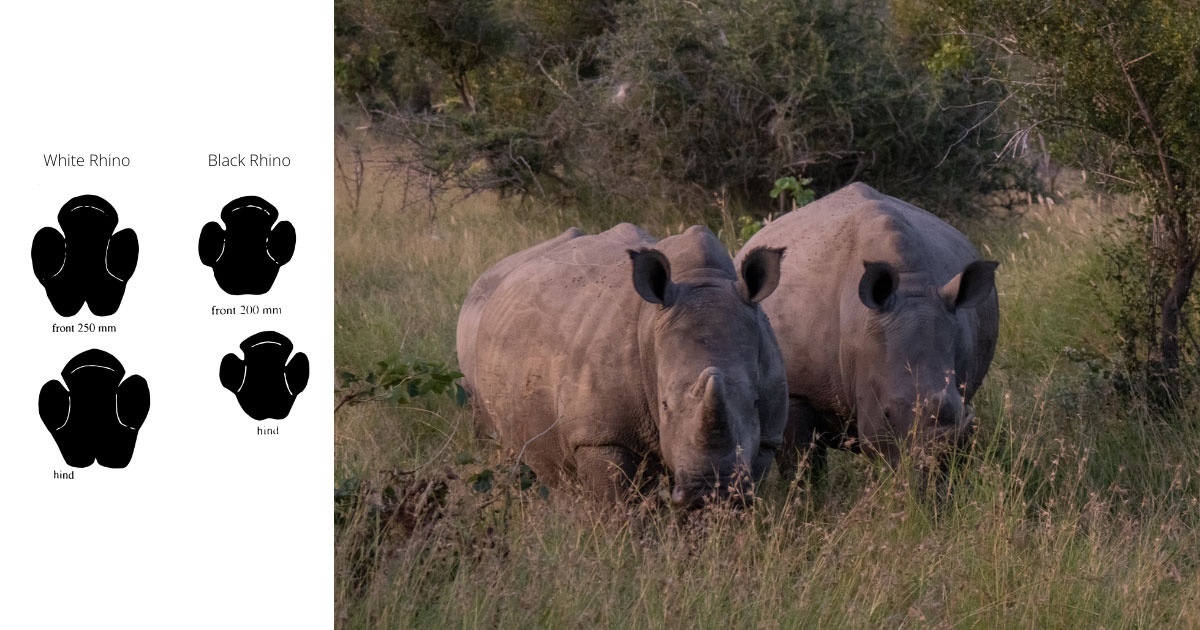
- Description: Large, oval tracks with three toes.
- Fun Fact: Black and white rhinos have differently shaped tracks.
- Tracking Tip: Look for nearby "middens" (dung piles) that rhinos use for communication.
Zebra Tracks
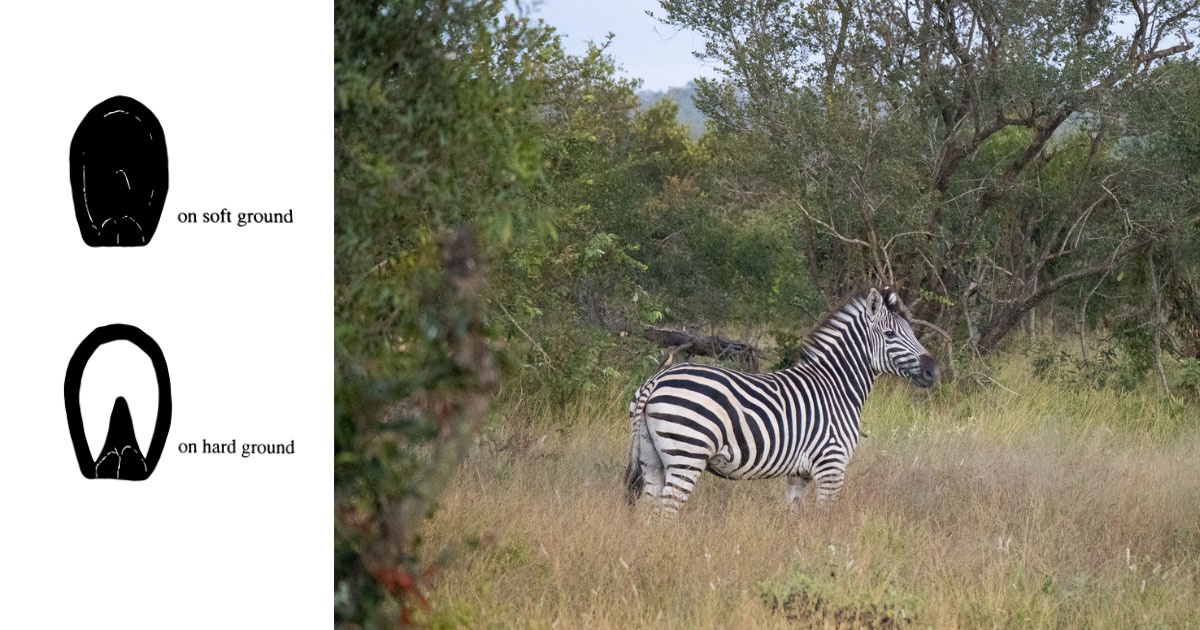
- Description: Similar to horse tracks but often more "squared."
- Fun Fact: Zebras often zig-zag as they walk.
- Tracking Tip: Zebra tracks often appear in multiples due to their herd nature.
Giraffe Tracks
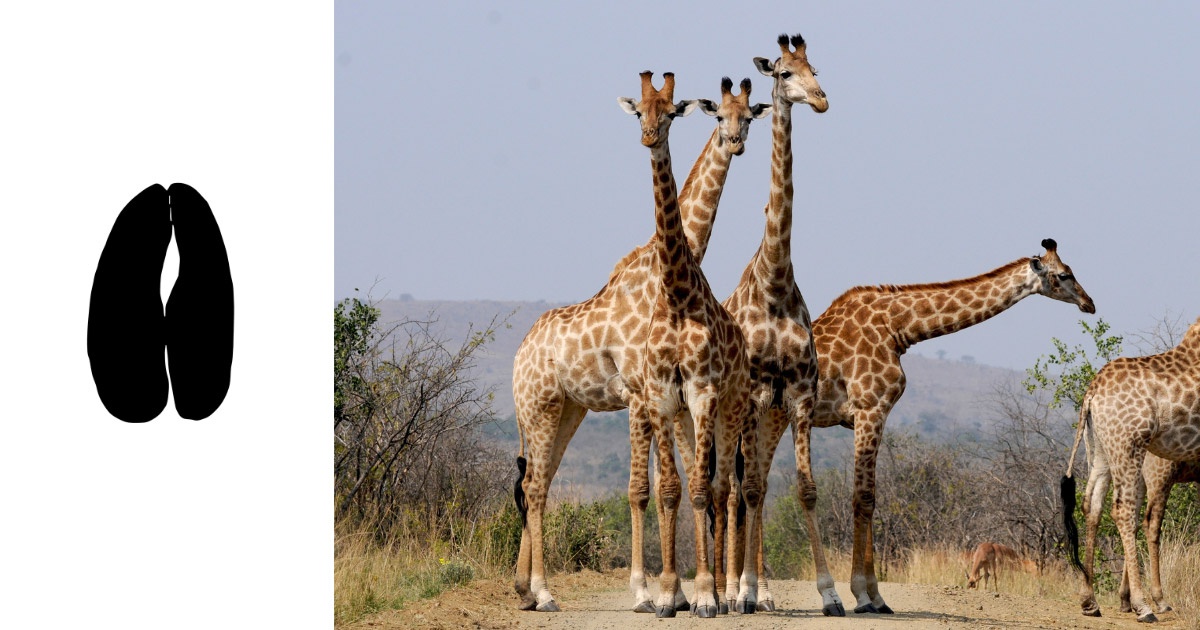
- Description: Elongated, resembling the tracks of a large deer.
- Fun Fact: Due to their large size, adult giraffe tracks are unmistakable.
- Tracking Tip: Look up for broken or nibbled leaves higher in the tree line.
Hippopotamus Tracks
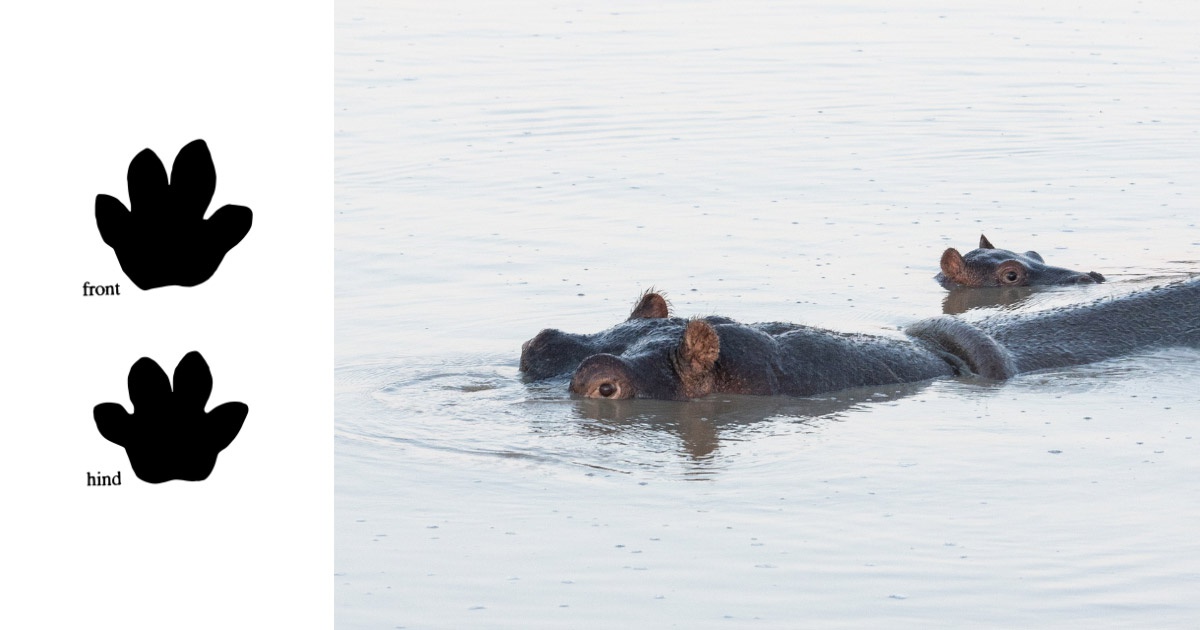
- Description: Huge, four-toed prints with webbing between the toes.
- Fun Fact: Despite their size, hippos can move quickly.
- Tracking Tip: Hippos usually venture out of the water in the late afternoon to feed on grass and return to their aquatic habitats in the early morning. If you notice fresh tracks leading away from a water source in the evening or back to it in the morning, you're likely on the trail of a hippo.
Top Tip:
One of the joys of a safari at Shumbalala Game Lodge is the pure delight our guides and trackers find in sharing their expertise. They thrive on your curiosity, so don't hold back. Ask questions, be inquisitive, and engage. You won't just make their day—you'll deepen your own understanding of the wilderness.
We hope this guide has ignited a spark of curiosity to enrich your next safari adventure with us. We can't wait to explore, discover, and learn alongside you, deciphering nature's secret messages one track at a time. Until then, happy tracking!
Further Reading
When most people picture a South African safari, they imagine dry landscapes, clear skies, and easy animal sightings — all hallmarks of the winter dry season. But there’s another side to the bush, one that arrives slowly with the heat, the clouds, and the promise of rain. This is the green season, and at Shumbalala Game Lodge, it’s a time of quiet transformation. From around November to March, the Lowveld enters summer....
October marks World Mental Health Awareness Month — a gentle reminder to pause, reflect, and take care of our inner world. And there’s no better place to do that than in the stillness of the bushveld. At Shumbalala Game Lodge, we often see it — the quiet shift in our guests as they begin to unwind. Out here, surrounded by nature, there’s no rush. No schedule too full. No endless stream of...

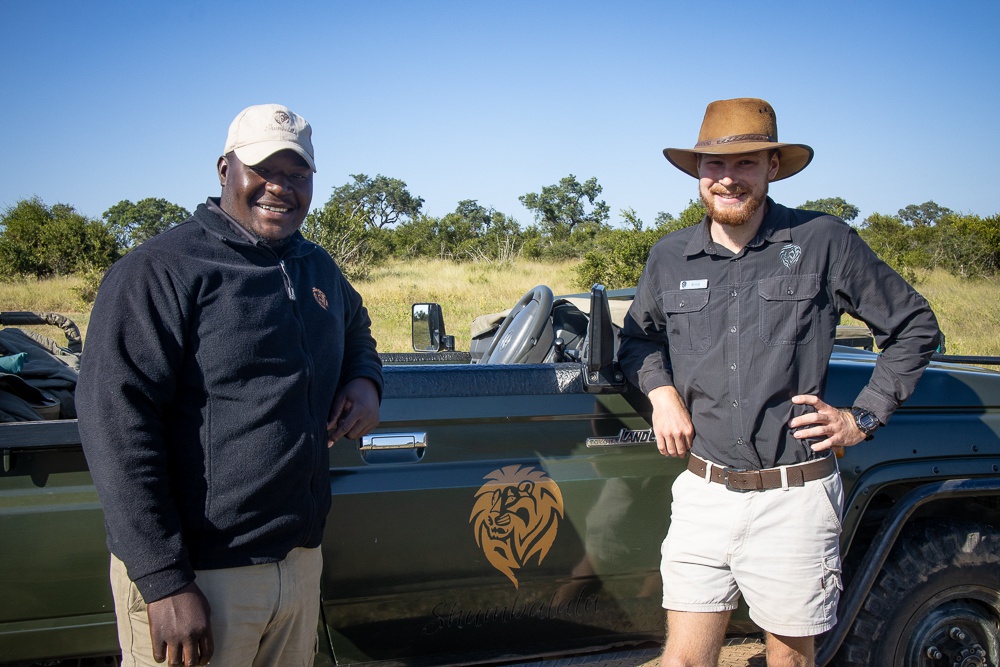

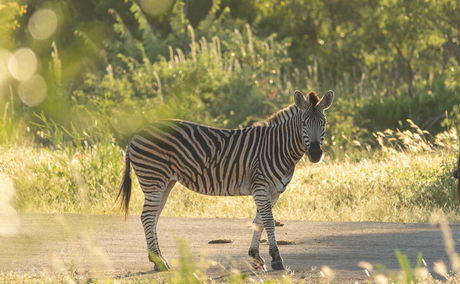
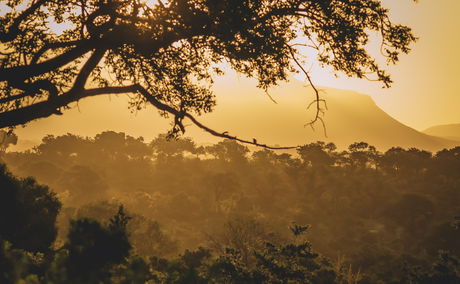


Share This Post